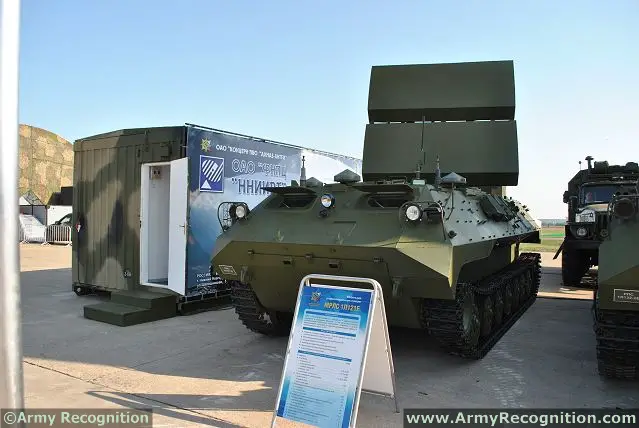| a | |||
Defence News - Russia |
|||
| |
|||
| Monday, February 11, 2013, 11:12 AM | |||
| Russia introduces a new export version of its mobile 3D air defense radar 1L121-E at Aero-India 2013. | |||
The
Russian company NNIIRT has introduced an export version of its 1L121-E
mobile 3-D air-defence radar at the Aero-India 2013, International Aerospace
exhibition which was held from the 6 to 10 Februray 2013, in the air force
base Yelahanka, Bengaluru, India. |
|||
 The Russian-made 1L121E mobile 3-D air-defence radar was displayed during the Air Show in Moscow, MAKS 2011. |
|||
The 1L121-E solid-state active
phased array radar that operates in the UHF band is designed to detect
small air targets such as low-flying mini unmanned aerial vehicles (mini
UAVs) and precision-guided munitions (PGMs). The radar is mounted on
vehicular platforms and is operated by a crew of three. |
|||
Russia introduces new export version of mobile 3D air defense radar 1L121-E Aero-India 2013 1102134
- Posted On















